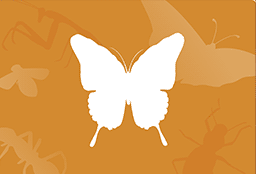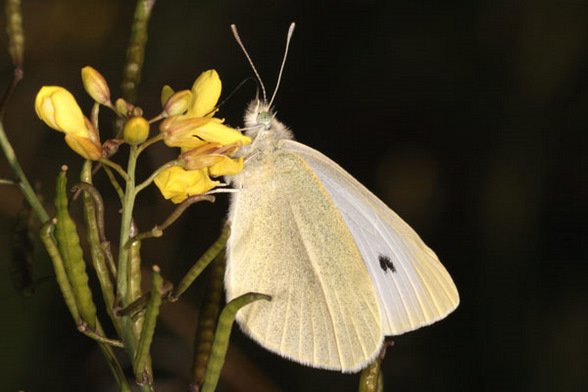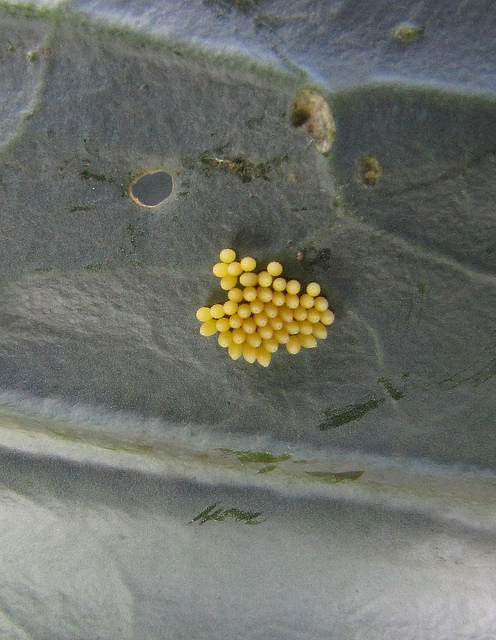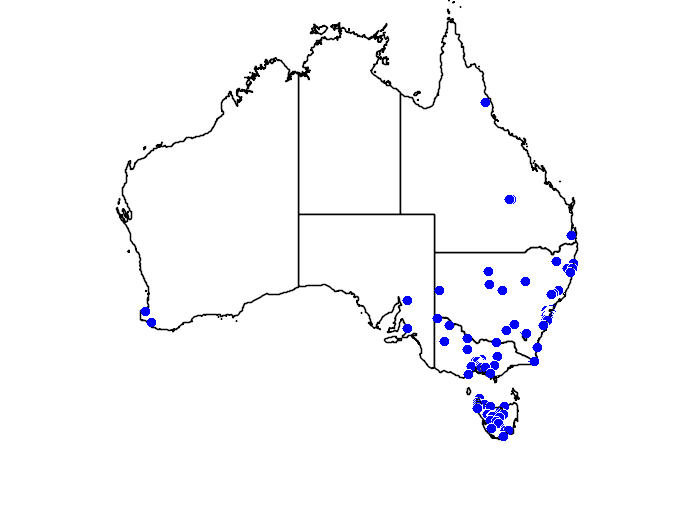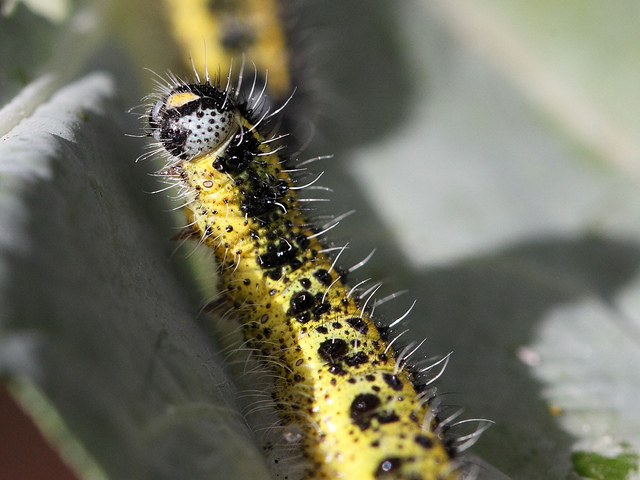Behaviour
Diet
Caterpillars eat mainly the leaves of cultivated and introduced plants in the family Brassicaceae (such as cabbage and cauliflower), and can be a major pest of these crops. Adults feed on nectar from a variety of plants. Before it starts to eat, a caterpillar lays down silk to which it attaches itself for support.
Movement
When resting, a caterpillar aligns itself with the leaves of the host plant so that the yellow lines on its body look like the veins of the leaf, but if strongly handled or attacked, it ejects a fluid which can act as a repellent.
Flight
Adults start flying from early spring.
Breeding
The females lay single eggs on the underside of host leaves. The eggs hatch into caterpillars after about four days and the caterpillars then eat for 17 days, before becoming pupae for eight days. They finally emerge as white butterflies. There may be several generations each year.
Field Guide
Improve your identification skills. Download your Cabbage White Butterfly field guide here!

